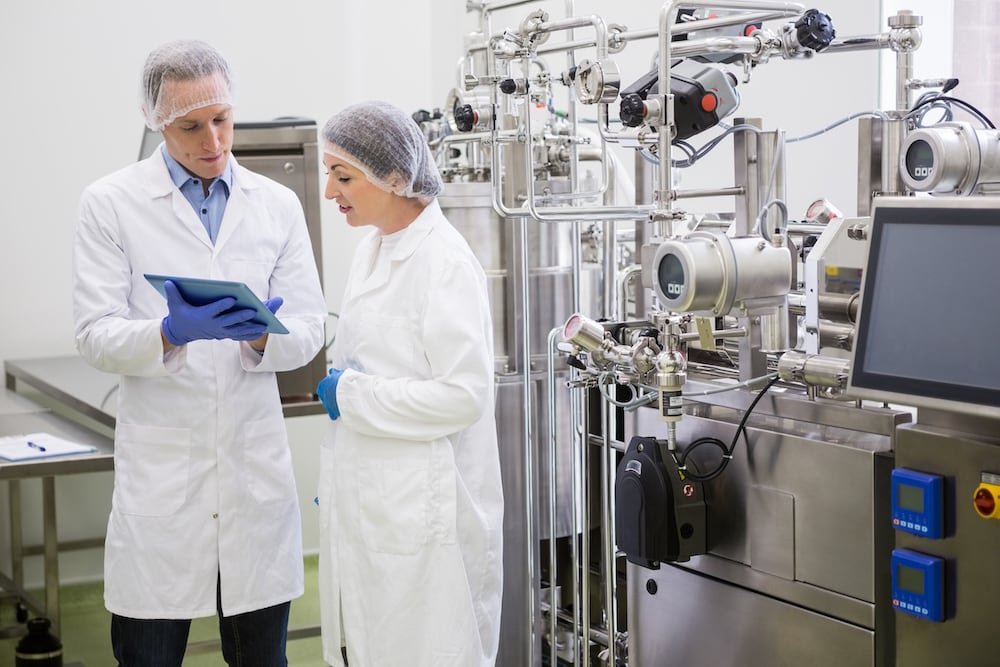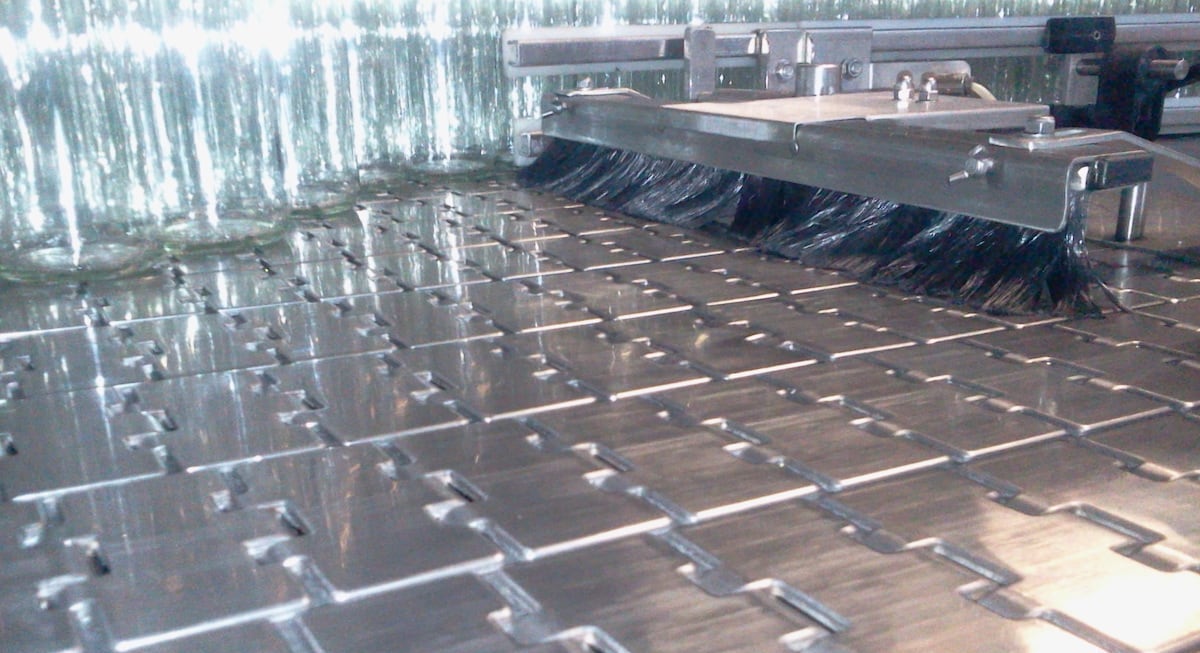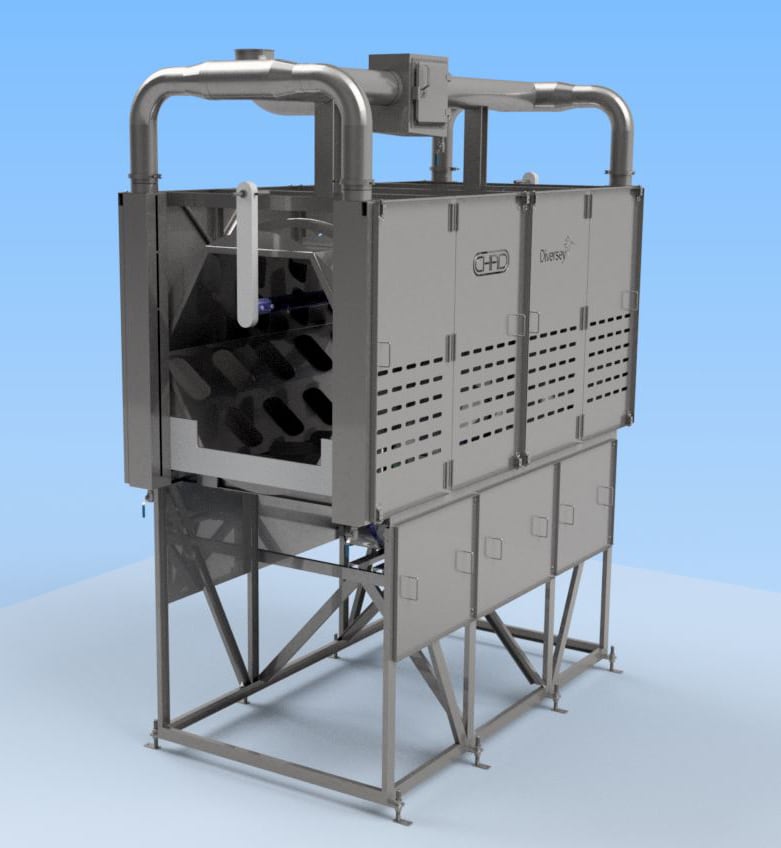When Birko assesses a potential customer’s facility, we always look at how their chemicals are stored and handled. There are three areas we consider: (1) are employees using appropriate personnel protective equipment or PPE; (2) how are they dispensing and handling chemicals during production and sanitation operations; and (3) how are process and sanitation chemicals stored? It is rare that we find a facility that gets an “A” rating in all three categories. We typically find that employees are doing a good job with PPE and that some care is being shown in the handling of chemicals. However, we frequently find significant deficiencies in how chemicals are stored.
In most food processing facilities there are several general categories of chemicals. There are ingredients or processing chemicals such as tripe washes or antimicrobial processing aids/pathogen reduction treatments that will come into direct contact with the food. There are cleaning and sanitation chemicals which may include items such as trolley cleaning products that are used during production but do not contact the food products or laundry chemicals. Depending on the size and needs of the facility, these may be purchased and stored in a range of sizes, ranging from one-gallon jugs up to bulk tanks containing several thousand gallons. Regardless of the quantity of chemicals on site, there are some general principles that should be followed for the storage of chemical products.
The first principle is to make sure that ingredients and or food contact chemicals are stored separately from cleaning and sanitation chemicals. Drums can look similar and if they are stored in the same location, they they may get mixed up resulting in contamination of food products. The second principle is to make sure that storage areas are physically secure and that access is limited to appropriately trained and authorized personal. The storage environment is also important. Many chemicals are sensitive to extremes of temperature and all storage areas should protect chemicals from both freezing and overheating as well as exposure to direct sunlight. Storage areas also need appropriate ventilation to disperse chemical fumes or vapors although these should be minimal if chemicals are stored correctly.
Within each storage area, chemicals should be segregated according to compatibilities as indicated on the Safety Data Sheet (SDS). Acids and alkalis should be separated as should products containing acid and chlorine such as Sodium hypochlorite bleach. Mixing acids and products containing chlorine will result in the release of toxic chlorine gas. It is also important to separate strong alkaline compounds from hydrogen peroxide solutions. Accidental mixing of these compounds can result in explosive liberation of oxygen.
Chemicals are an essential component of a food processing. Please make sure that they are stored and handled safely.
 Elis Owens, Ph.D., Director, Technical Services, Birko, can be reached at EOwens@birkocorp.com, 303-289-1090.
Elis Owens, Ph.D., Director, Technical Services, Birko, can be reached at EOwens@birkocorp.com, 303-289-1090.








